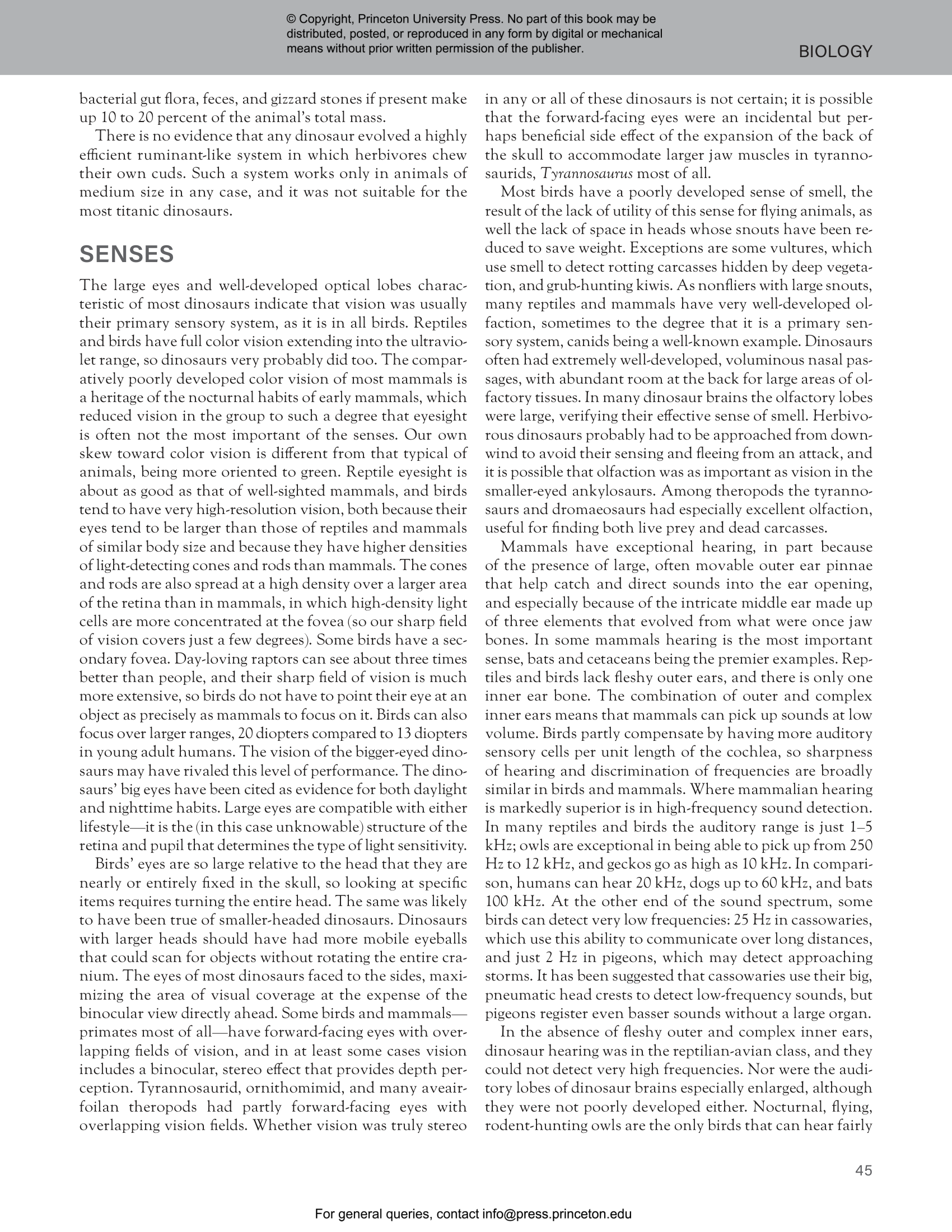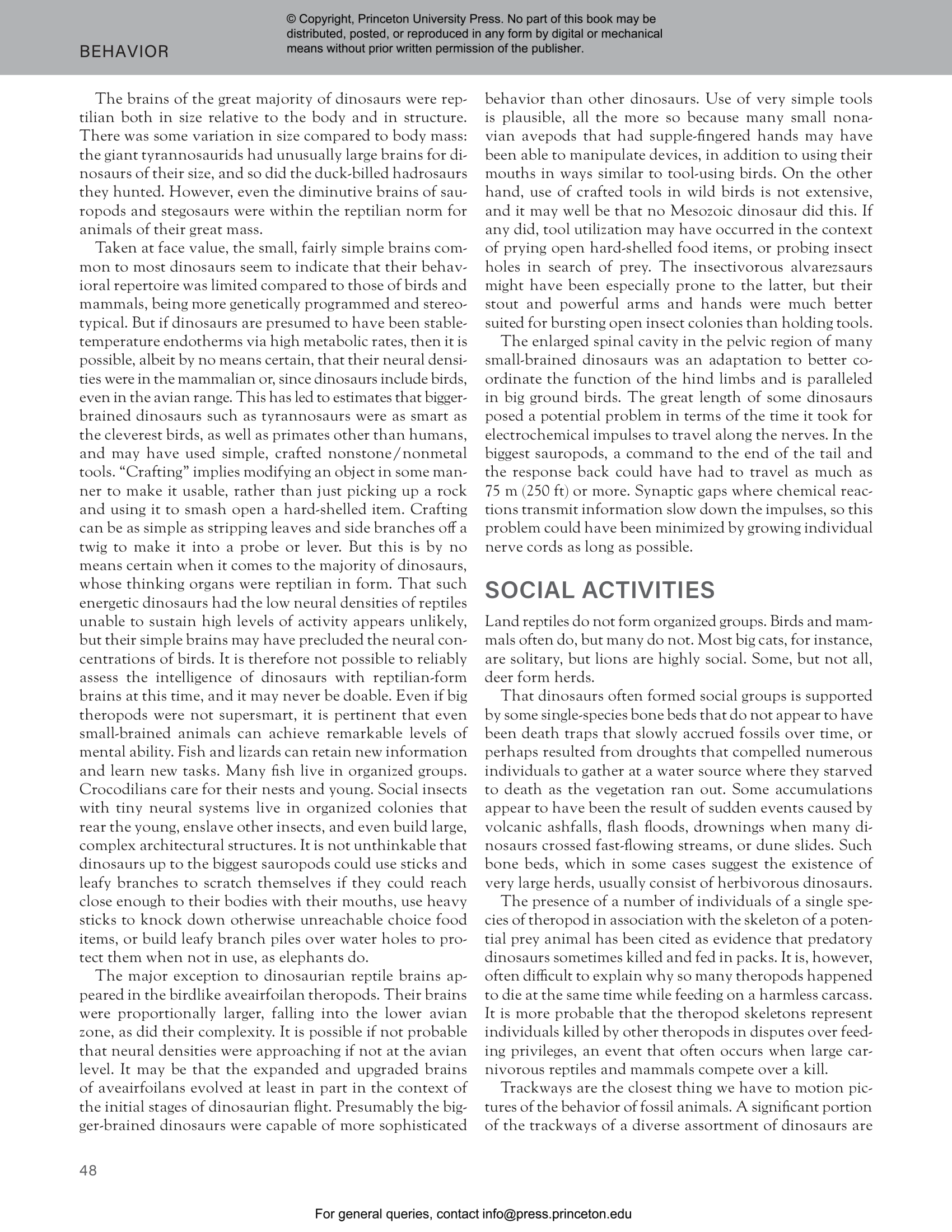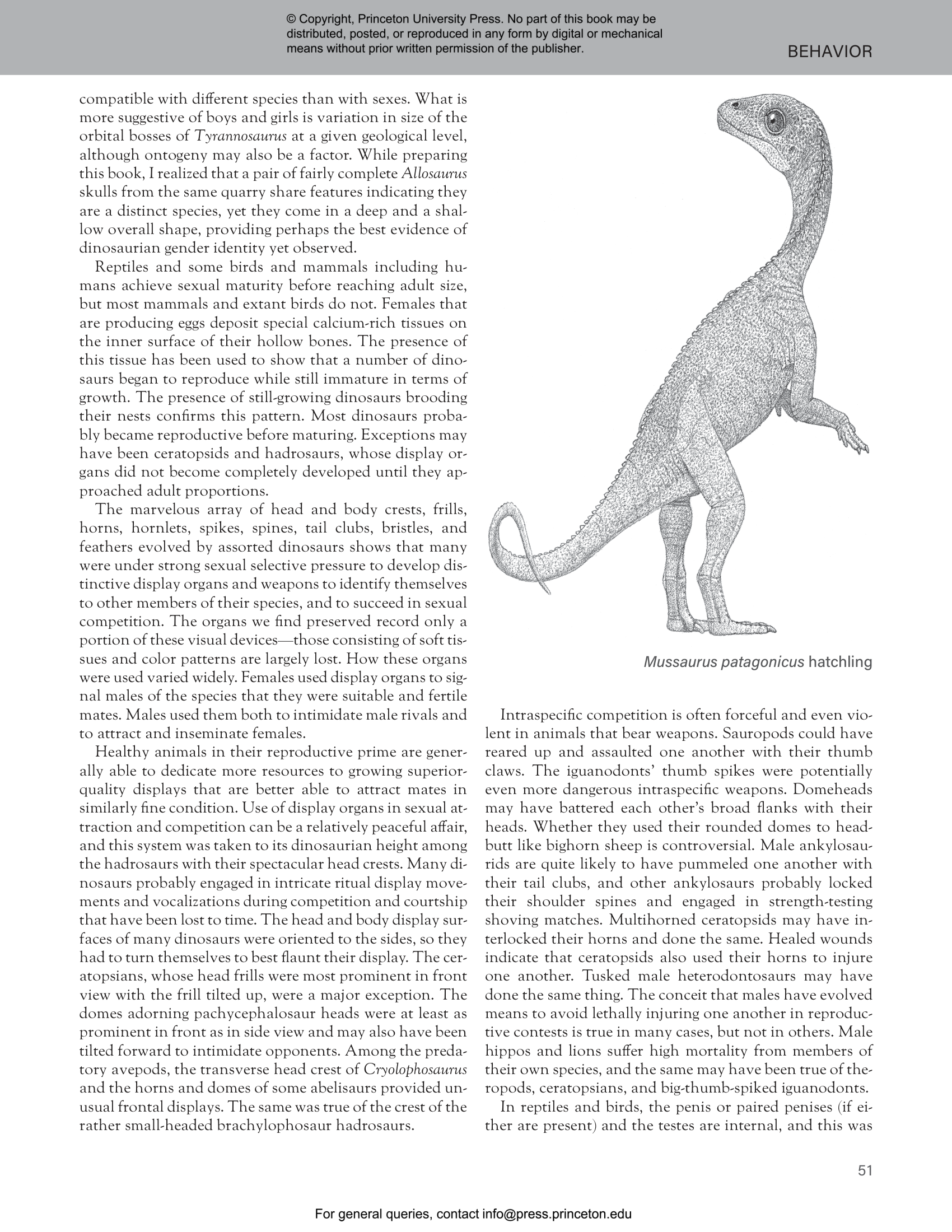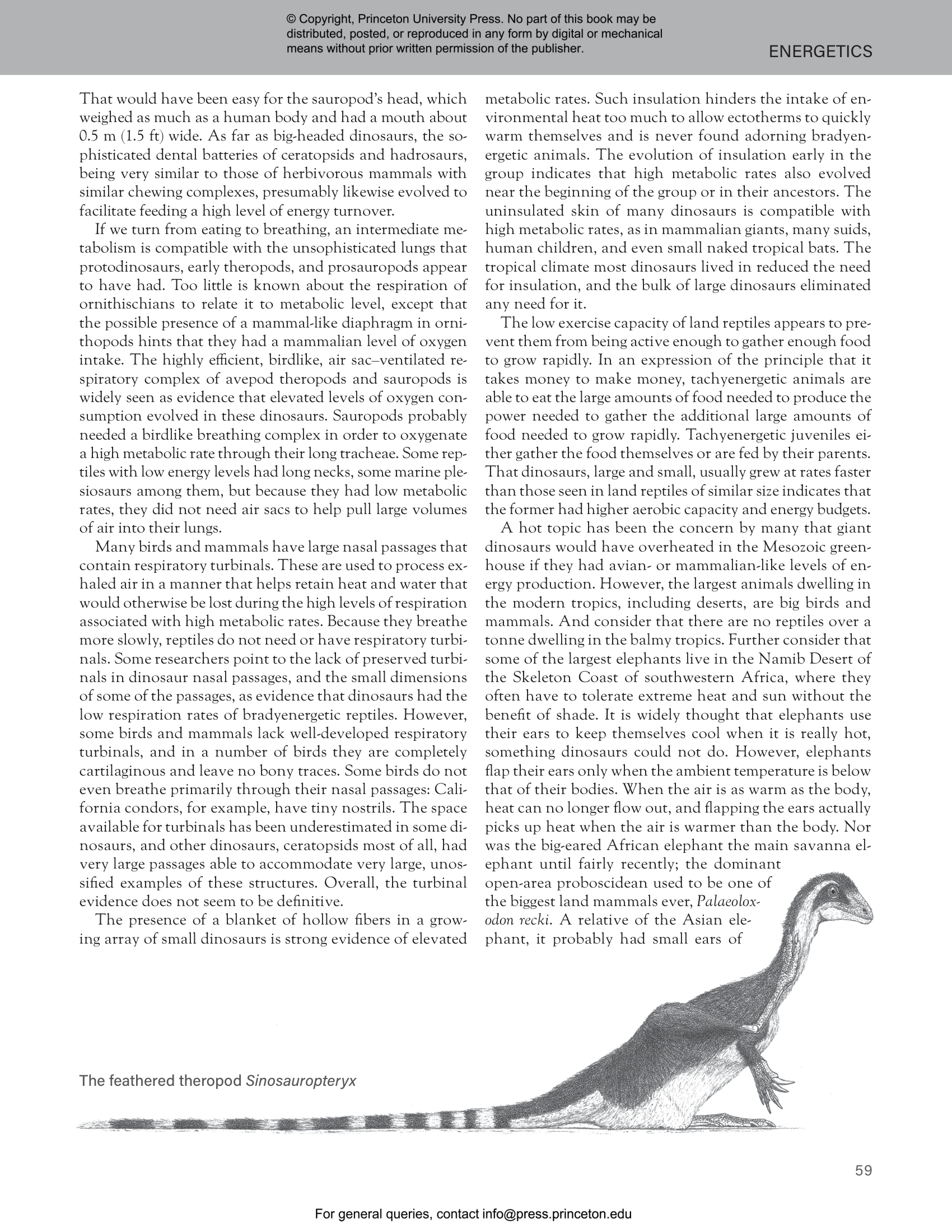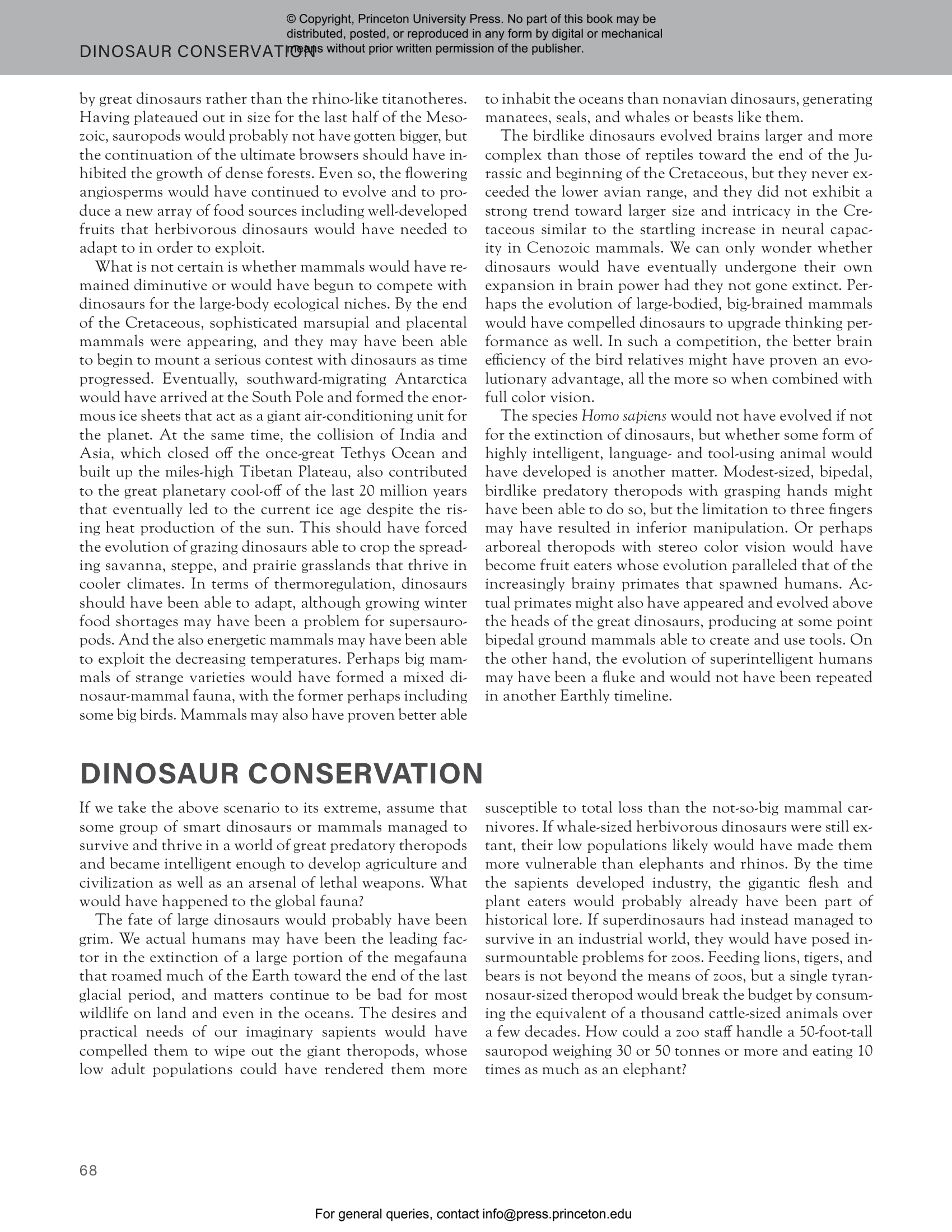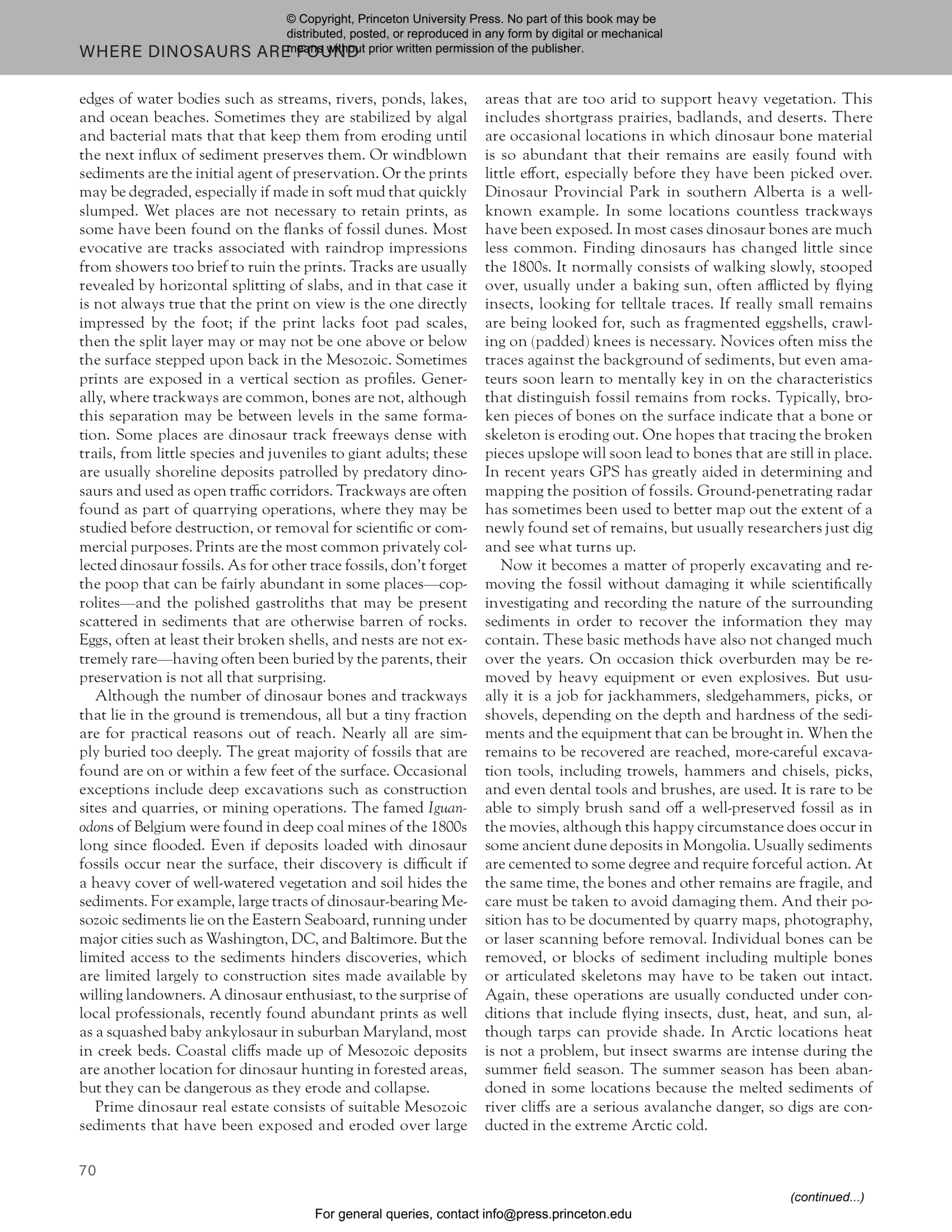The Princeton Field Guide to Dinosaurs Third Edition


Hardcover
- Price:
- $39.95/£35.00
- ISBN:
- Published (US):
- Apr 16, 2024
- Published (UK):
- May 7, 2024
- Copyright:
- 2024
- Pages:
- 384
- Size:
- 8.5 x 11 in.
- 150+ color illus. 8 maps.
- Main_subject:
- Princeton Nature
ebook
The bestselling Princeton Field Guide to Dinosaurs remains the must-have book for anyone who loves dinosaurs, from amateur enthusiasts to professional paleontologists. Now extensively revised and expanded, this dazzlingly illustrated large-format edition features nearly 100 new dinosaur species and hundreds of new and updated illustrations, bringing readers up to the minute on the latest discoveries and research that are radically transforming what we know about dinosaurs and their world.
Written and illustrated by acclaimed dinosaur expert Gregory Paul, this stunningly beautiful book includes detailed species accounts of all the major dinosaur groups as well as a wealth of breathtaking images—skeletal drawings, “life” studies, scenic views, and other illustrations that depict the full range of dinosaurs, from small feathered creatures to whale-sized supersauropods. Paul’s extensive introduction delves into dinosaur history and biology, the extinction of nonavian dinosaurs, the origin of birds, and the history of dinosaur paleontology, and also gives a taste of what it might be like to travel back in time to the era when dinosaurs roamed the earth.
- Now covers more than 800 dinosaur species, including scores of newly discovered ones
- Provides startling perspectives on the famed Brontosaurus and Tyrannosaurus
- Reveals that the largest dinosaurs weighed as much as the biggest whales, and shows why that happened
- Features hundreds of color and black-and-white drawings and figures, including life studies, scenic views, and skull and muscle drawings
- Includes color paleo-distribution maps and a color time line
- Describes anatomy, physiology, locomotion, reproduction, and growth of dinosaurs, as well as the origin of birds and the extinction of nonavian dinosaurs







